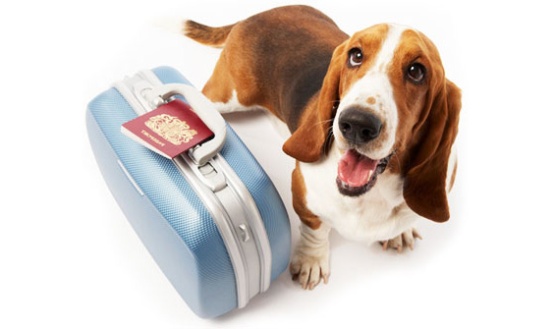We all know that dogs are man’s best friend. This is why the way we treat our pet pooch can sometimes be no different from how we treat a human friend. In fact, for some, dogs are treated as part of their family. Hence, when the family travels, their dog usually goes with them.
If you’re planning to tag along your canine buddy in your family’s next outing, there are things you need to consider in the planning. Here are some of them:
To crate or not to crate – There are pros and cons to putting your dog in a crate while you’re traveling in your car. Although you may feel about the idea, most dogs don’t actually mind being crated and even feel safer inside one. Just make sure there’s nothing in the crate that can harm your dog. Things like collars and leashes can be potentially dangerous as they can be strangling hazards. If you decide not to crate him, however, make sure he doesn’t sit beside the window and must be watched at all times.
Prepping him for the drive – Be sure not to feed your dog a lot of food before the trip. Dogs are prone to motion sickness, so you don’t him throwing up in your car in case he gets nauseous, especially if the road you’ll be traveling has a lot of curves and sharp turns.
Snacks on the road – Of course, you also don’t feed him while the car is moving. Wait until the car pulls over at your scheduled stop so you can feed him without any hassle. Give him only a small snack, preferably something that’s high in protein. If there’s time during the stop, spend some time playing with him or take him for a quick walk so he can get a bit of exercise and release any pent-up energy.
Keep him within sight at all times – Whether you’re going to the beach or setting up camp somewhere, always have someone watch your pooch at all times. They may wander somewhere while everyone’s busy with something. It would be smart to use a GPS tracking system so that in case your pet wanders off, you could easily locate him (get dog tracking systems from brands like Garmin Alpha).
These tips will come in handy if you’re planning to bring Fido along on your next family excursion. Remember that he also needs a little sightseeing and some away time from home.
